Spot Market In Focus: EU's Strategy For Russian Gas Elimination
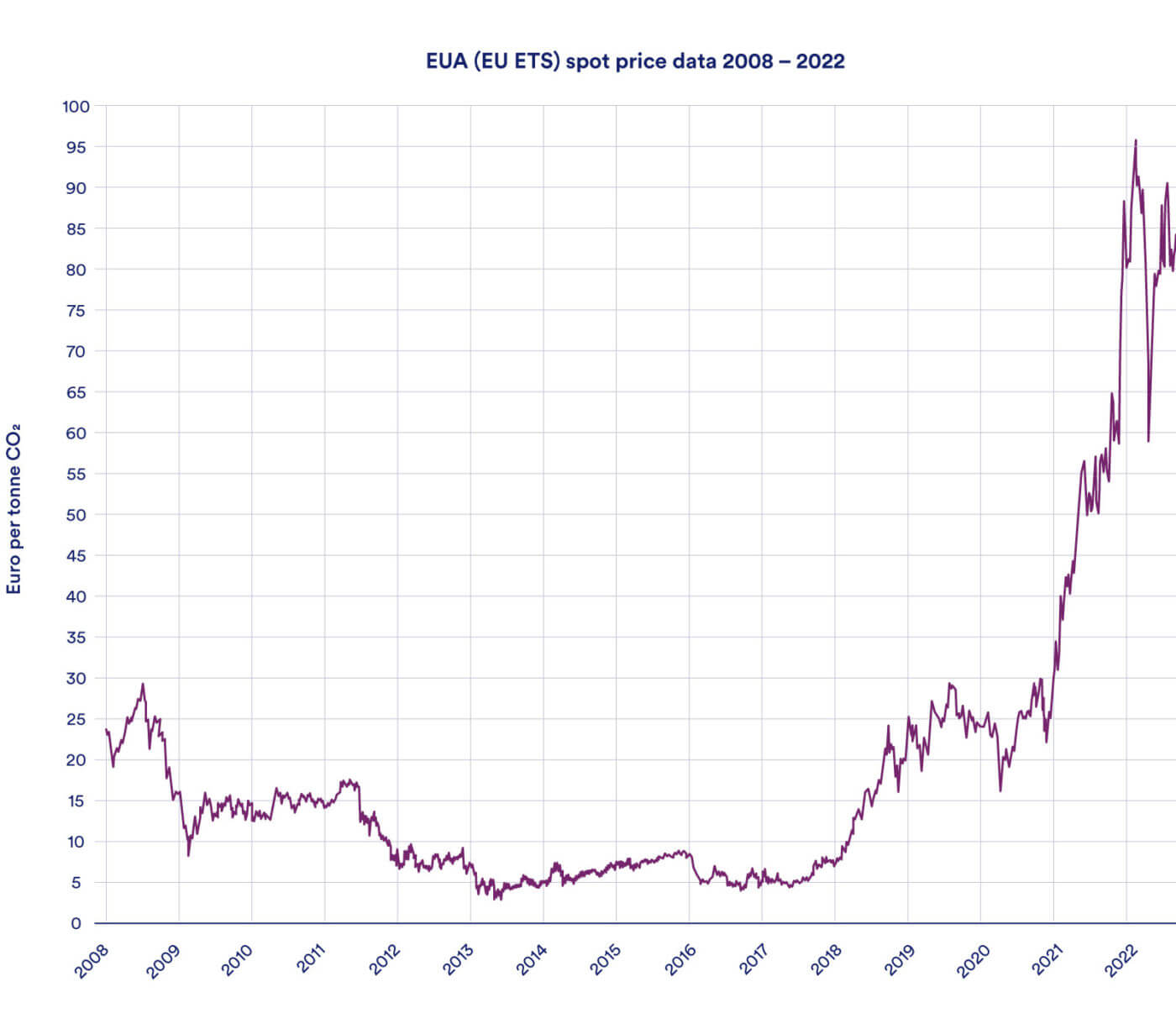
Table of Contents
The Rise of the Spot Market for Natural Gas
For decades, the EU relied heavily on long-term contracts with Russia for pipeline gas, creating a significant dependence. However, geopolitical events have highlighted the risks of this approach. The shift towards a more flexible spot market for natural gas is a direct response to this vulnerability. The spot market, where gas is traded for immediate delivery, offers greater flexibility and diversification options. While this approach provides greater agility, it also introduces increased volatility in spot gas prices.
- Increased use of gas trading hubs: The Title Transfer Facility (TTF) in the Netherlands and the National Balancing Point (NBP) in the UK have become crucial gas trading hubs, reflecting the growing importance of spot trading. These hubs facilitate price discovery and allow for more efficient allocation of gas supplies.
- Growing importance of LNG imports: Liquefied Natural Gas (LNG) imports are becoming a vital source of gas in the spot market. LNG can be sourced from diverse locations globally, reducing reliance on any single supplier. This flexibility is a cornerstone of the EU's gas diversification strategy.
- Increased price volatility: Unlike long-term contracts, spot gas prices are subject to significant fluctuations influenced by supply and demand dynamics, weather patterns, and geopolitical events. This volatility presents both opportunities and challenges for market participants.
- The role of market mechanisms: The spot market relies on market mechanisms to balance supply and demand, ensuring gas flows efficiently across the European energy market. This approach, while susceptible to price swings, ultimately reflects the true value of gas at any given moment.
Diversifying Gas Sources: Beyond Russia
The EU’s strategy to eliminate Russian gas dependence centers on diversification. This involves actively seeking alternative gas suppliers and investing heavily in infrastructure to support this shift. This is a long-term project involving significant financial and political commitment.
- Investments in new LNG import terminals: The EU is rapidly expanding its LNG import capacity, constructing new terminals across member states. These terminals enable the import of LNG from diverse sources, including the US, Qatar, and Norway.
- Strengthening partnerships with non-Russian gas-producing countries: The EU is forging stronger energy partnerships with countries like Norway, the US, and Qatar to secure long-term gas supplies. These partnerships involve both bilateral agreements and broader collaborations within international energy forums.
- Development of alternative pipeline infrastructure: While LNG is crucial, the EU also continues to explore and develop alternative pipeline infrastructure to diversify its gas supply routes, though this is a slower and more geographically constrained process.
- Exploring renewable energy sources: Diversification extends beyond fossil fuels. The EU is heavily investing in renewable energy sources such as wind, solar, and hydropower, aiming for a long-term energy transition away from natural gas entirely.
Strengthening the EU's Energy Security
To mitigate the risks of supply disruptions and price volatility, the EU is bolstering its energy security through a multi-pronged approach. This involves strategic investments, policy reforms, and technological advancements.
- Investments in underground gas storage facilities: Increasing the capacity of gas storage facilities across the EU is critical to ensuring sufficient gas reserves during peak demand periods and mitigating supply shocks.
- Initiatives to promote energy efficiency and reduce consumption: The EU is actively promoting energy efficiency measures across various sectors to reduce overall gas demand and lower reliance on imports.
- Modernization of gas transmission networks: Modernizing and upgrading the EU’s gas transmission network is vital to ensure efficient and reliable gas transport across member states.
- Strengthened EU-level coordination on energy policy: Enhanced cooperation and coordination among EU member states on energy policy is crucial for a unified approach to managing energy security challenges.
The Role of Technology in the Transition
Technological advancements are playing a pivotal role in the EU's energy transition. These innovations are crucial for improving efficiency, diversifying energy sources, and reducing reliance on fossil fuels.
- Smart grids: Smart grids enhance the efficiency and resilience of the energy system, facilitating the integration of renewable energy sources and optimizing energy distribution.
- Gas blending: Blending natural gas with hydrogen or biomethane offers a pathway to reducing carbon emissions and diversifying gas supplies.
- Hydrogen technology: Hydrogen, produced from renewable sources, is seen as a key component of a future low-carbon energy system, potentially replacing natural gas in various applications.
- Renewable gas: Producing biogas and biomethane from organic waste and agricultural residues provides a sustainable alternative to fossil natural gas.
Challenges and Risks of the Spot Market Approach
While the spot market offers flexibility and diversification, it also presents several challenges and risks. A thorough understanding of these risks is crucial for the EU’s overall energy security strategy.
- Price fluctuations: The inherent volatility of spot gas prices can create uncertainty for consumers and businesses, potentially leading to higher energy costs.
- Market manipulation: The spot market is vulnerable to potential manipulation, requiring robust regulatory oversight and transparent market mechanisms.
- Supply disruptions: Unforeseen supply disruptions from various sources could exacerbate price volatility and create energy shortages.
- Geopolitical risks: Reliance on global gas markets exposes the EU to geopolitical risks and potential supply disruptions influenced by international events.
- Energy affordability: The transition to a more diversified gas market, while necessary, must be managed carefully to ensure energy remains affordable for all consumers.
Conclusion
The EU's strategy to eliminate its dependence on Russian gas is ambitious and multifaceted, with the spot market playing a central role. By diversifying gas sources, strengthening energy security, and embracing technological innovation, the EU aims to create a more resilient and sustainable energy system. However, the challenges of spot market volatility, ensuring energy affordability, and navigating geopolitical risks must be addressed effectively. Understanding the dynamics of the spot market and the nuances of the EU's gas elimination strategy is paramount for stakeholders across the energy sector. Stay informed about developments in the European energy market and the evolving role of the spot market in securing Europe's energy future.

Featured Posts
-
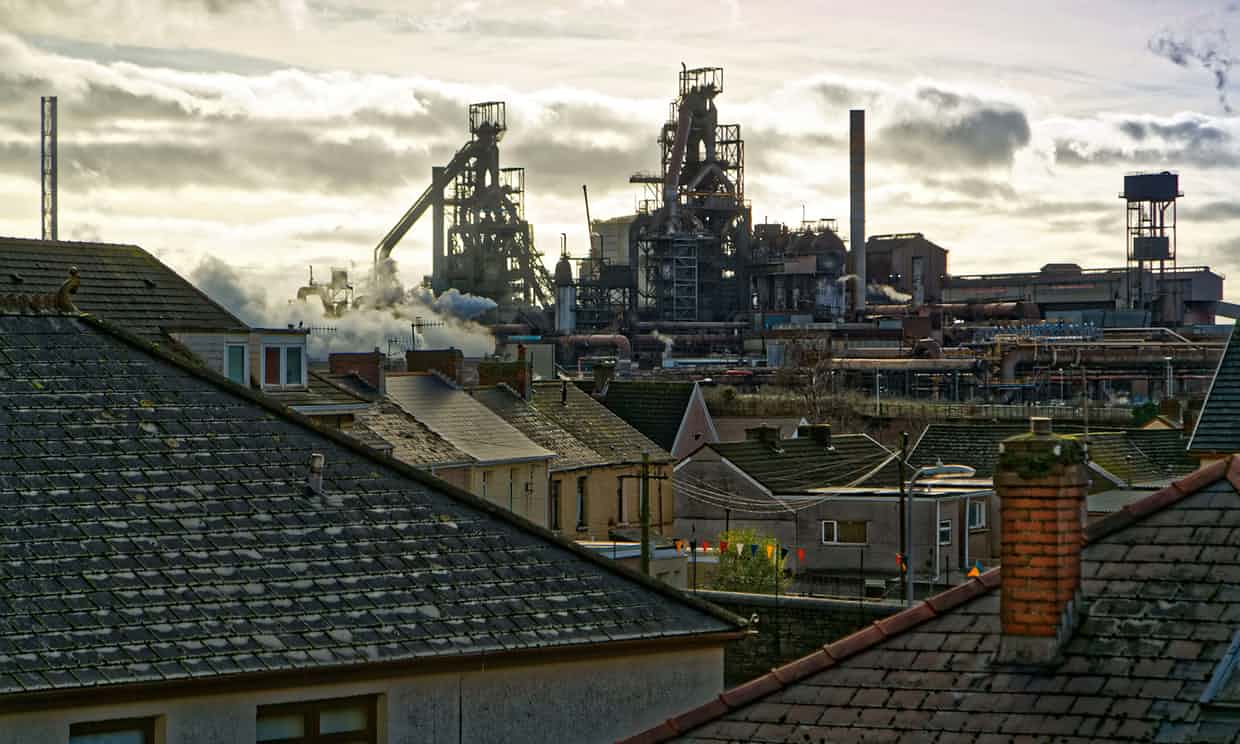 Five Point Plan From Canadian Auto Dealers Addresses Us Trade War Threat
Apr 24, 2025
Five Point Plan From Canadian Auto Dealers Addresses Us Trade War Threat
Apr 24, 2025 -
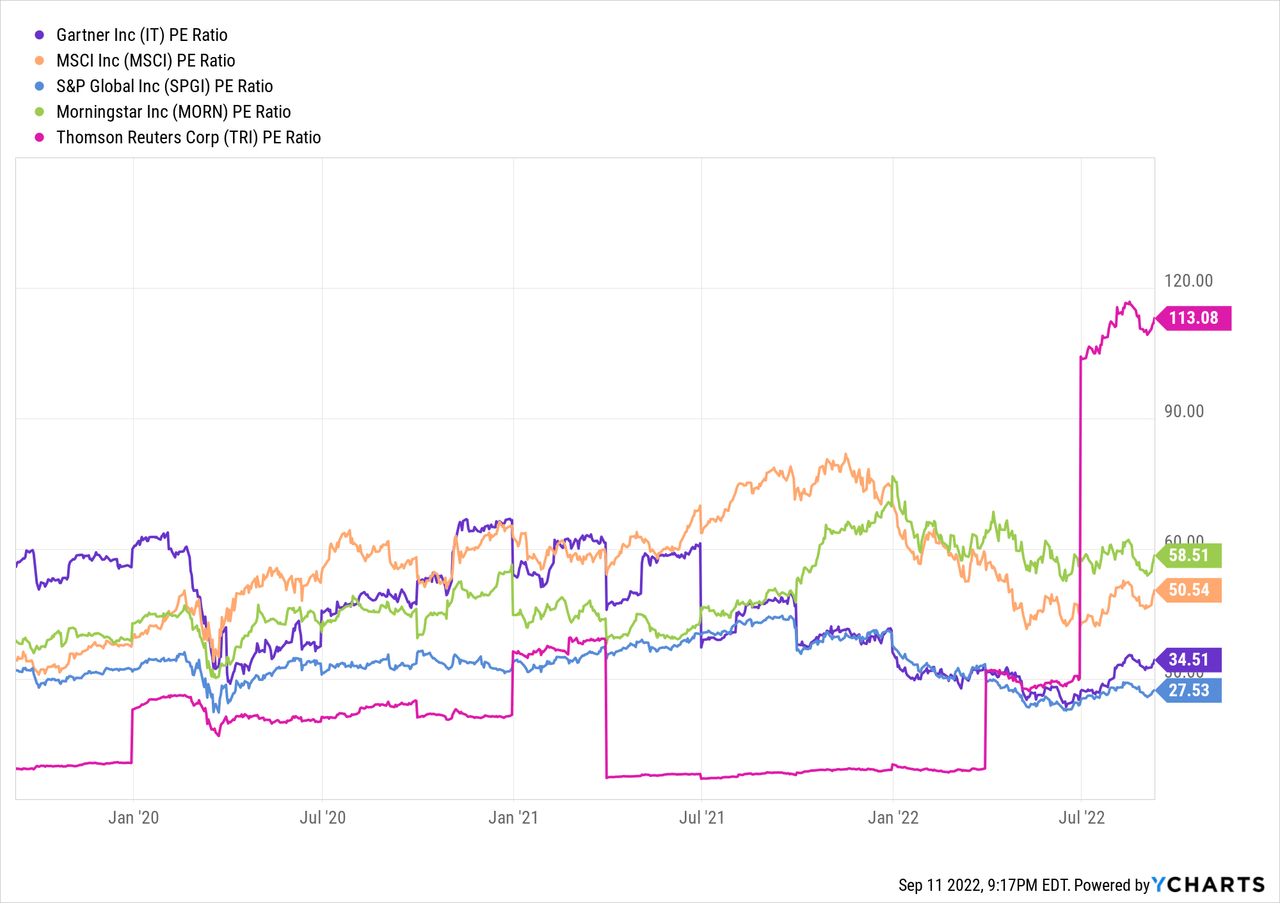 India Market Update Tailwinds Powering Niftys Strong Performance
Apr 24, 2025
India Market Update Tailwinds Powering Niftys Strong Performance
Apr 24, 2025 -
 Epa Crackdown On Tesla And Space X Elon Musk And Doges Response
Apr 24, 2025
Epa Crackdown On Tesla And Space X Elon Musk And Doges Response
Apr 24, 2025 -
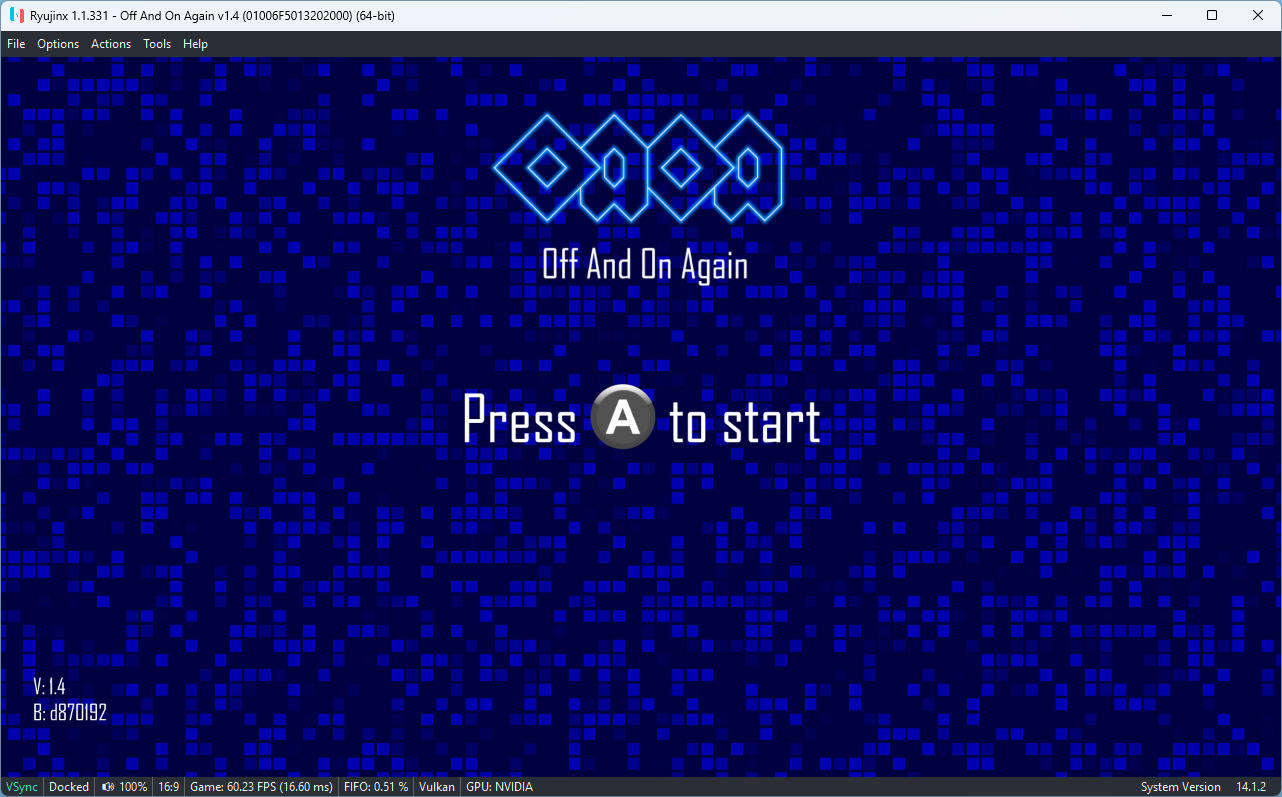 Ryujinx Emulator Shut Down Following Nintendo Contact
Apr 24, 2025
Ryujinx Emulator Shut Down Following Nintendo Contact
Apr 24, 2025 -
 Mammoth And Noah Child Actor Sophie Nyweide Dead At 24
Apr 24, 2025
Mammoth And Noah Child Actor Sophie Nyweide Dead At 24
Apr 24, 2025
Latest Posts
-
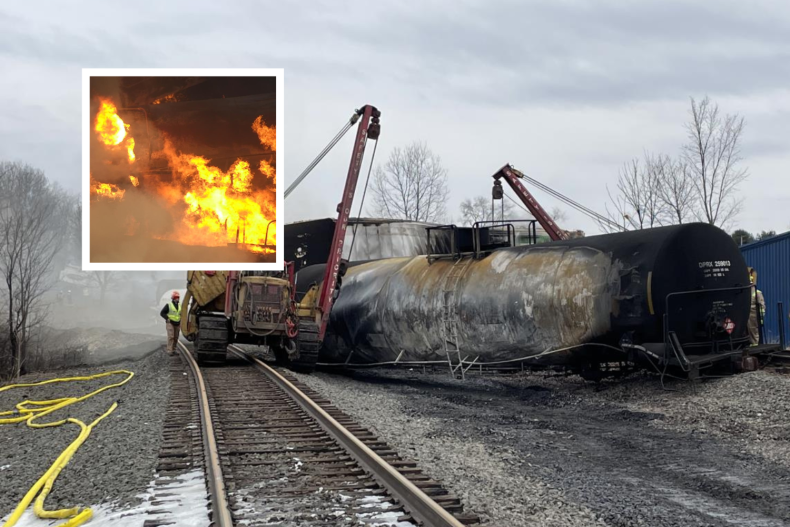 Ohio Derailment Investigation Into Lingering Toxic Chemicals In Buildings
May 10, 2025
Ohio Derailment Investigation Into Lingering Toxic Chemicals In Buildings
May 10, 2025 -
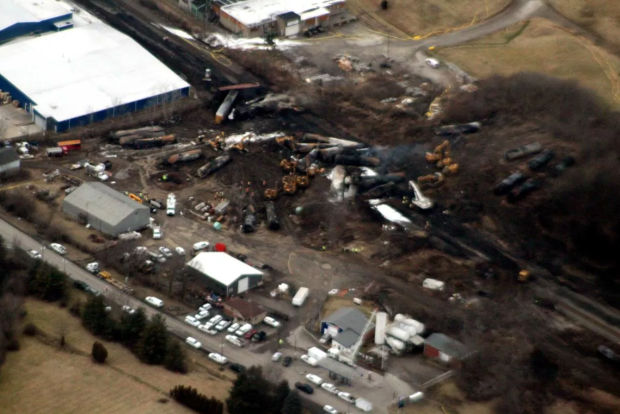 Toxic Chemicals From Ohio Train Derailment Persistence In Buildings
May 10, 2025
Toxic Chemicals From Ohio Train Derailment Persistence In Buildings
May 10, 2025 -
 Apples Ai Challenges And Opportunities Ahead
May 10, 2025
Apples Ai Challenges And Opportunities Ahead
May 10, 2025 -
 Analyzing Apples Position In The Ai Revolution
May 10, 2025
Analyzing Apples Position In The Ai Revolution
May 10, 2025 -
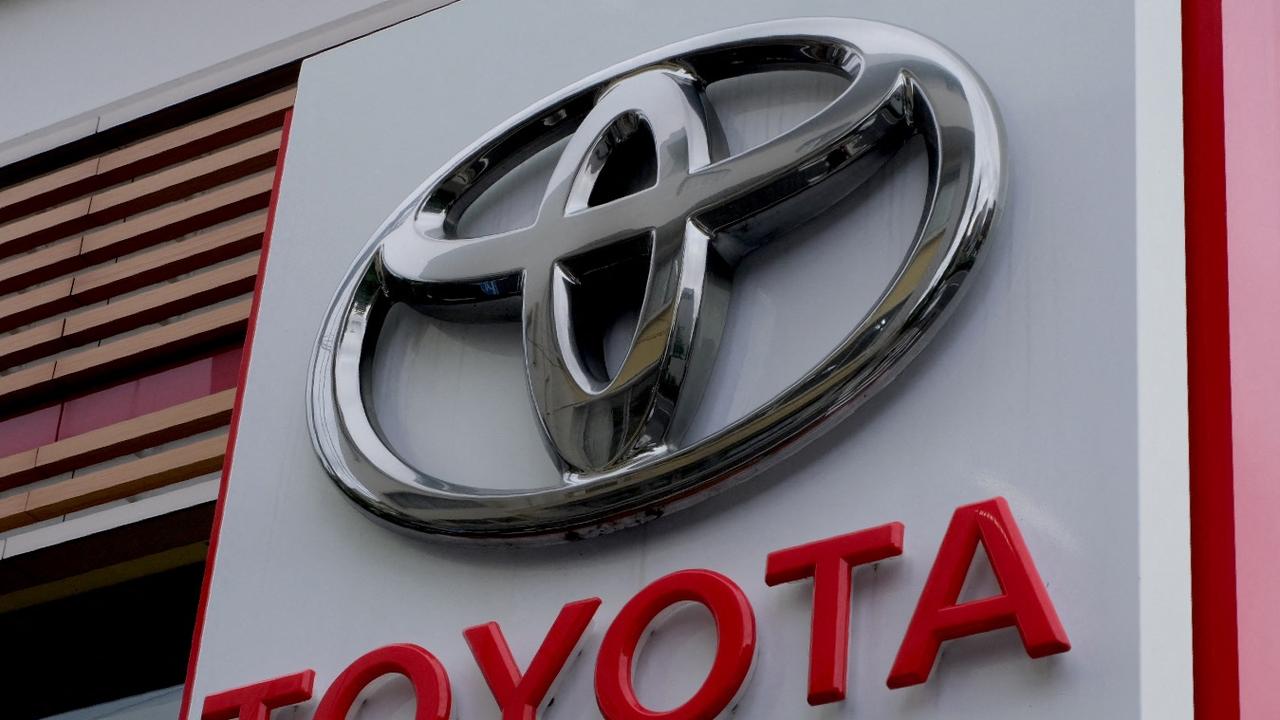 Millions Lost Office365 Hack Exposes Executive Email Vulnerabilities
May 10, 2025
Millions Lost Office365 Hack Exposes Executive Email Vulnerabilities
May 10, 2025
